|
Mysterious Monuments from Ancient Civilizations 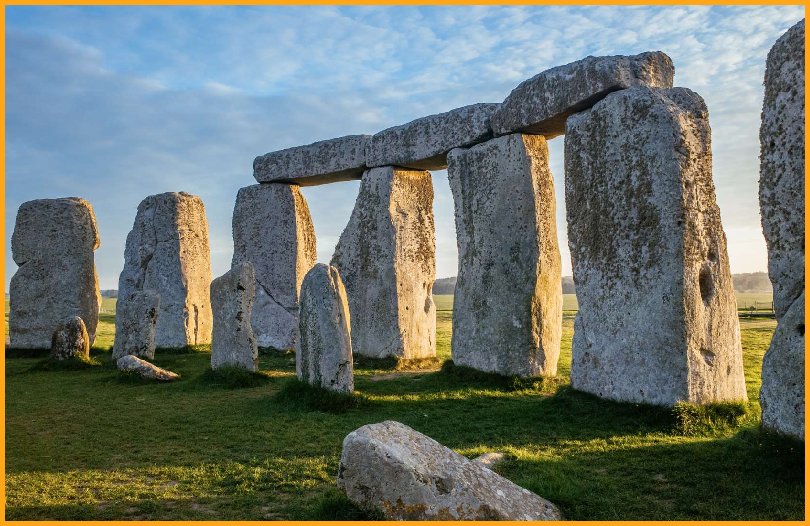 To this day, some monuments left behind by ancient civilizations remain a mystery to researchers and archaeologists. If you seek out history and adventure when you travel, here are 22 enigmatic sites that will excite your inner Indiana Jones. 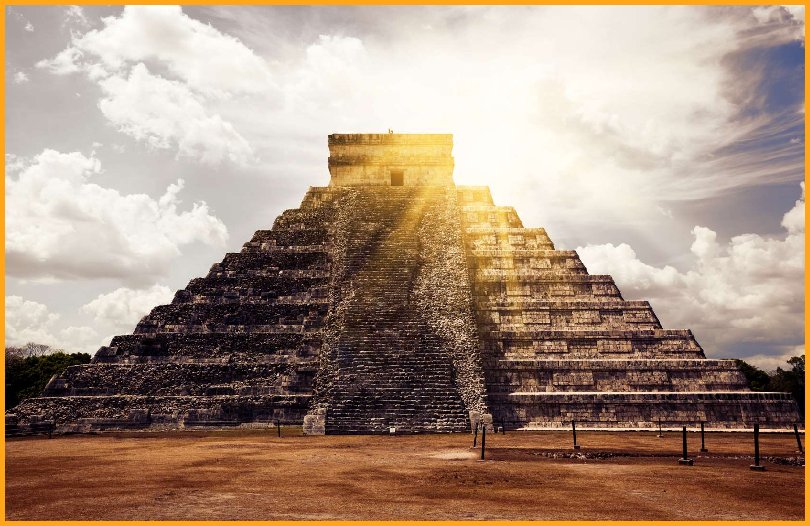 Pyramids We know the ancient Egyptians built pyramids, but how did these structures come to be built in Japan and Mexico, too? Was the secret of these architectural wonders once known all over the world? And given that the builders had very limited resources, how did they manage to construct such imposing monuments? As such, when we discuss pyramids, theories abound and sometimes oppose scientific explanations. Could they be the result of a paranormal phenomenon or alien activity?  The Pyramids of Giza, in Cairo, are a 4,500-year-old burial complex. The largest of the three, Khufu, is one of the seven wonders of the ancient world. How it was constructed remains a mystery to Egyptologists, who have marvelled at the precision of the builders in spite of the rudimentary tools of the era. Millions of stone blocks of different sizes, each weighing several tonnes, had to be transported several kilometres before being assembled into a structure that is more than 140 metres (459 feet) tall—and all this happened in record time.  Teotihuacan, a reflection of the universe Once one of the most developed cities on Earth, Teotihuacan, northeast of Mexico City, is a real puzzle for historians. Who built this 25-square-kilometre (9.7-square-mile) site? Scientific discoveries show that the Aztecs would not have built this 2,000-year-old site, but would have inherited it after its builders abandoned it. What’s even more intriguing is that American engineer Hugh Harleston demonstrated that the city is a perfect model of our solar system: the buildings correspond proportionally to the position and size of the planets. Very mysterious, indeed.  The ruins of Tiwanaku The pre-Columbian city of Tiwanaku, in Bolivia, is the subject of much controversy: was it founded 4,000 years ago? 8,000 years ago? 12,000 years ago? Could it be one of the oldest cities in the world? It’s at the very least 1,000 years old. From the middle of the high-altitude plain on which the site is located, you can admire the structure and ornamental details of the impressive stonework. Tiwanaku appears to have been home to an ancient civilization that was well ahead of its time.  Tiermes, the stone city Once one of the most developed cities on Earth, The Tiermes archaeological site, in Spain’s Castile-León region, is almost entirely carved in rock. There are ruins of a forum, city gates, dwellings, and even a sophisticated aqueduct system. It’s not known who constructed the city or when, but the Celtiberians, Romans (who contributed to its economic development), Visigoths, and Moors all passed through at different times. Tiermes fell from prominence sometime around the 12th century. 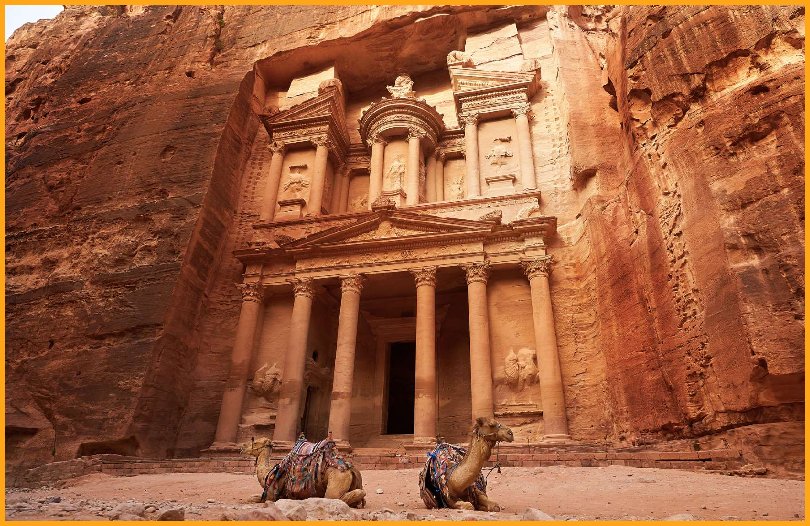 Petra Built sometime around the eighth century BC, the city of Petra, in Jordan, was forgotten by the eighth century AD. Rediscovered in 1812, the town was designated a UNESCO World Heritage site. Once an important trading centre, Petra is now an enchanting archaeological site that raises its share of questions. How was the entire city literally carved from rock? How did the city get enough water, given its location in one of the most arid regions of the world? 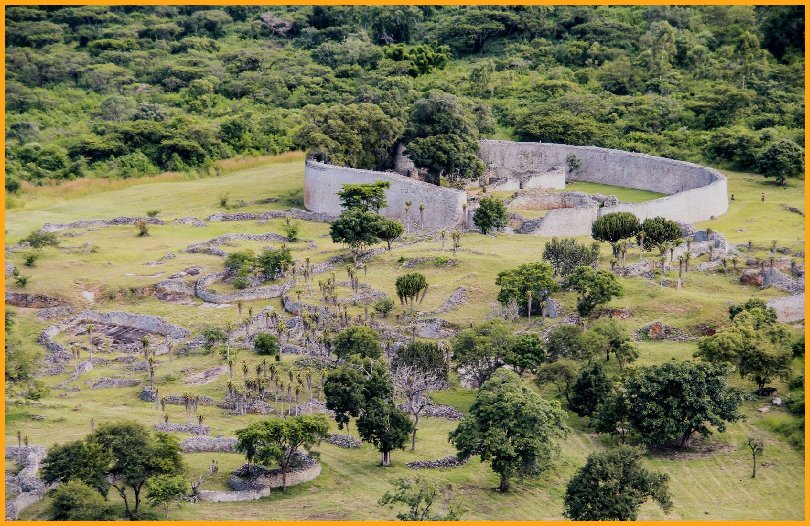 Great Zimbabwe This ancient city in southeastern Zimbabwe was constructed by the Shona people between the 12th and 15th centuries, during which time it was an important trading centre due to the abundance of gold in the region. Rediscovered by European explorers in 1871, the seven-square-kilometre (2.7-square-mile) site quickly sparked interest. Some believed Great Zimbabwe was home to King Solomon’s Mines, as described in the Bible. The pillaging that followed greatly impaired the conservation of the ruins.  The megalithic temples of Malta The Maltese archipelago has its own mysterious treasure: the megalithic temples of Malta. The islands of Malta and Gozo are home to some of the world’s oldest prehistoric architectural structures, dating to between 4000 and 2500 BC. These temples are very elaborate in design and are advanced technical achievements for the era. Their remarkable state of preservation has earned them a spot on UNESCO’s World Heritage list. 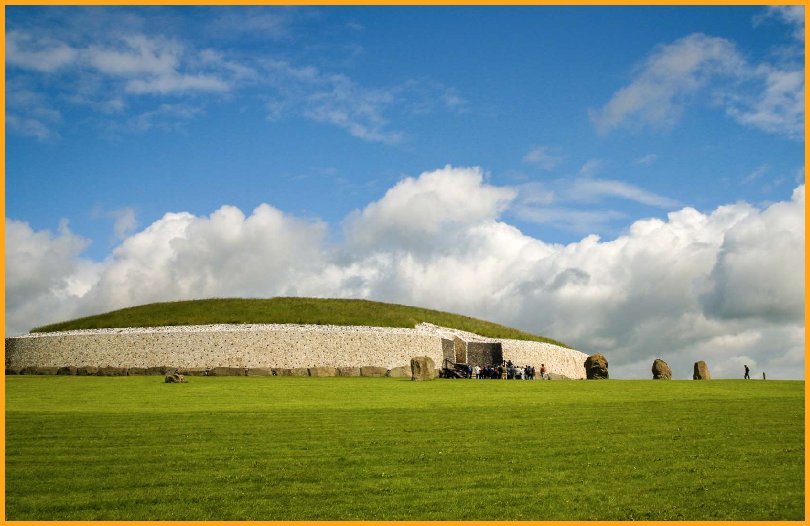 Newgrange The Newgrange passage tomb, north of Dublin, Ireland, is more than 5,000 years old. This imposing structure, with a diameter of 85 metres (280 feet), is a truly impressive sight. For a few minutes in the mornings around the winter solstice, a beam of sunlight passes through an opening on the mound and travels up the long passage and into the burial chamber—a perfect alignment of the monument and the sunrise.  Stonehenge The rocks of Stonehenge, in England, are some of the most recognizable prehistoric relics in the world. It’s estimated that the site was used between 3700 and 1600 BC. A UNESCO World Heritage site since 1986, this architecturally sophisticated stone circle is the subject of worldwide fascination. While the significance of the site is not entirely understood, the monument demonstrates evidence of Neolithic and Bronze Age ceremonial and mortuary practices. 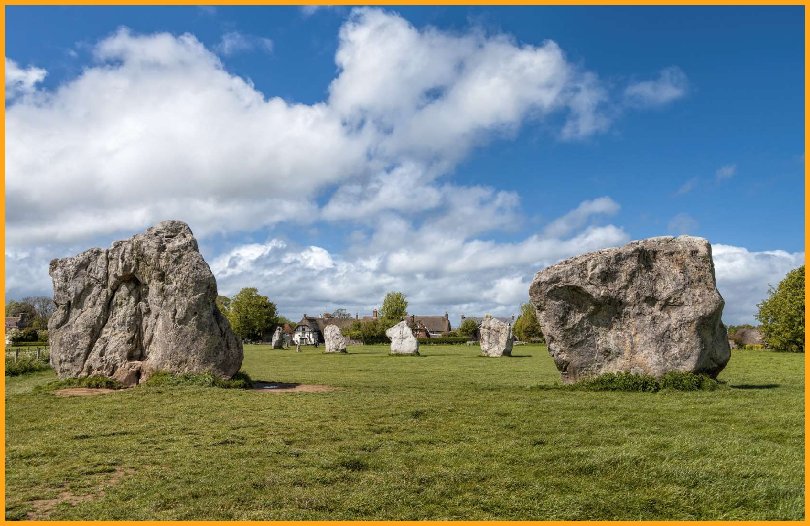 The stone circles of Avebury The stone circles of Avebury, about 30 kilometres (18.5 miles) north of Stonehenge in Wiltshire, England, are the largest prehistoric circles in the world. According to UNESCO, the massive henge demonstrates “the outstanding engineering skills which were used to create masterpieces of earthen and megalithic architecture.”  Silbury Hill Near the stone circles of Avebury, Silbury Hill is the largest prehistoric mound in Europe, at 40 metres (131 feet) high. The purpose of the mound remains obscure, but archaeological digs have uncovered some clues as to the hill’s origins: it was constructed over the course of three generations, between 2400 and 2300 BC, in 15 distinct phases using different materials. This has led researchers to believe the builders were primarily concerned with the ritual process of construction rather than the structure’s final shape.  Glastonbury Tor Overlooking the town of Glastonbury, England, this conical hill is topped by a roofless tower, a vestige of a 14th-century church built on the ruins of a previous church. Some have suggested this myth-shrouded site could have been Avalon, where the legendary King Arthur’s sword, Excalibur, was forged. The discovery of prehistoric tools shows that the area was inhabited well before the Middle Ages. 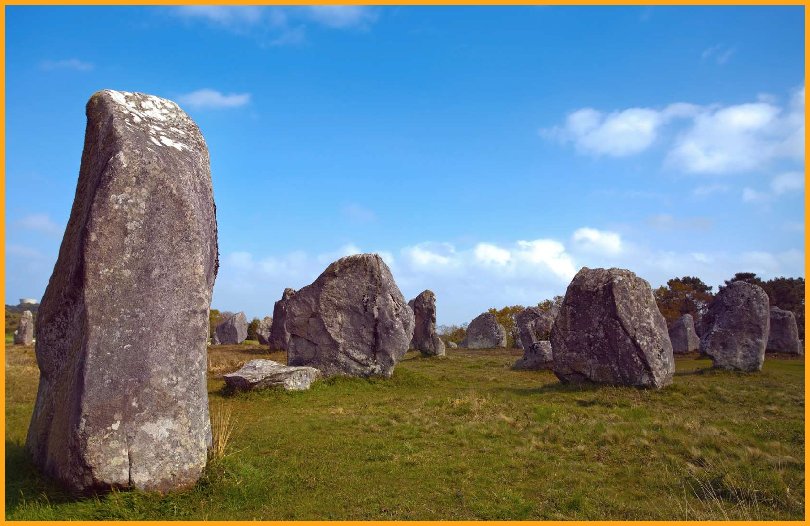 The Carnac stones Found in Brittany, France, the mysterious Carnac stones are approximately 6,000 years old. Why would 4,000 stones have been aligned in descending order of size across nearly 4 kilometres (2.5 miles)? 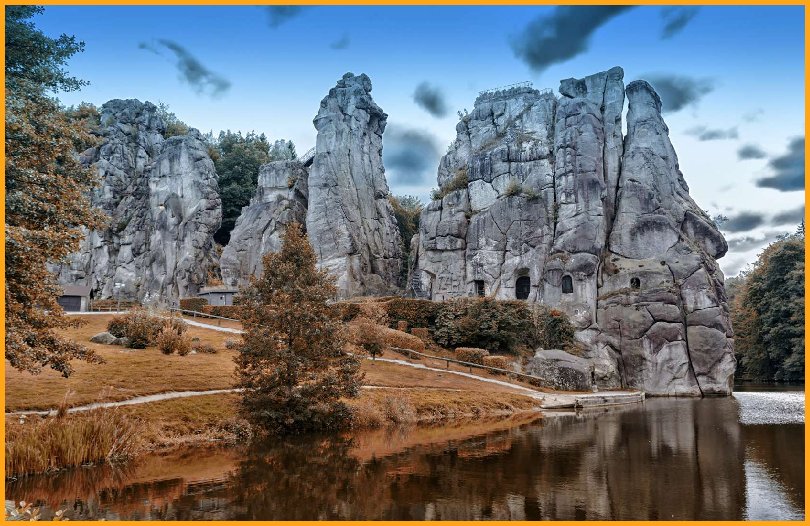 The Externsteine of Teutoburg Forest The Teutoburg Forest in Germany is home to a precious piece of Germanic history. The Externsteine is a series of standing rock formations that some believe was once used as a pagan site of worship and solar observatory. These natural sandstone pillars were formed millions of years ago.  The Giants of Easter Island One of the most mysterious monuments of all time is found on this remote island far off the coast of Chile. From the 10th to the 16th century, the inhabitants of Easter Island built ceremonial platforms and the massive stone figures known as moai (busts). According to UNESCO, there are approximately 900 moai on the island. There are a number of unanswered questions about their significance, and about how they were built and transported.  Uluru The 22,000-year-old sandstone monolith Uluru overlooks a plain in the heart of Australia. This 350-metre (1,148-foot) rock is especially beautiful at sunset, when it takes on a reddish glow. Uluru is sacred to the local Indigenous population, the Anangu people, who request that visitors do not climb the rock.  Mount Tai One of China’s five sacred mountains, Mount Tai “was the object of an imperial cult for nearly 2,000 years” and “symbolizes ancient Chinese civilizations and beliefs,” according to UNESCO. Over the centuries, temples were built in perfect harmony with the natural environment, so that today, the mountain’s ecosystem is remarkably well-balanced—which is surprising, considering that each year, millions of people climb 1,500 metres (4,921 feet) to the summit.  Notre-Dame de Paris The medieval Catholic Notre-Dame de Paris cathedral, which recently celebrated its 850th anniversary, has a mysterious aura that has inspired fairy tales, novels, songs, and operas throughout history. Historians continue to speculate about the symbolism of the intricately carved stone sculptures along the façade. Is there a hidden meaning behind these detailed frescoes? 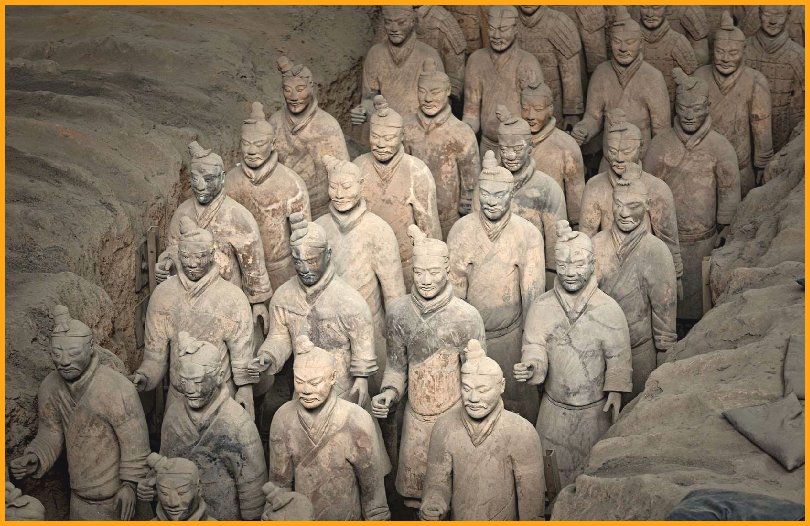 Mausoleum of the first Qin emperor An army of thousands of terra-cotta warriors was discovered in 1974 near the city of Xi’an, China. The sculptures were made around the year 210 BC to protect Emperor Qin Shi Huang Di, the founder of the first unified Chinese empire, in the afterlife. The tomb (a UNESCO World Heritage site) is especially mysterious because of the unique appearance of each terra-cotta warrior. Could each statue represent a real-life soldier? 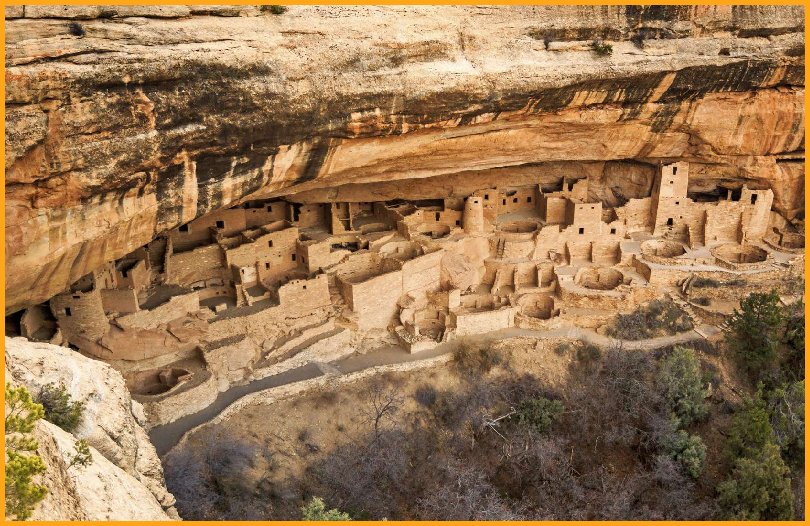 The Anasazi cliff dwellings The Anasazi, an ancient Native American civilization, built their homes in the sides of cliffs in the south-western United States between the first century BC and the 15th century AD. The fact that they chose to settle in such a precarious location is intriguing, and archaeologists are still trying to understand why the Anasazi suddenly abandoned their territory. Possible explanations include environmental degradation, outside dangers, and a drought. 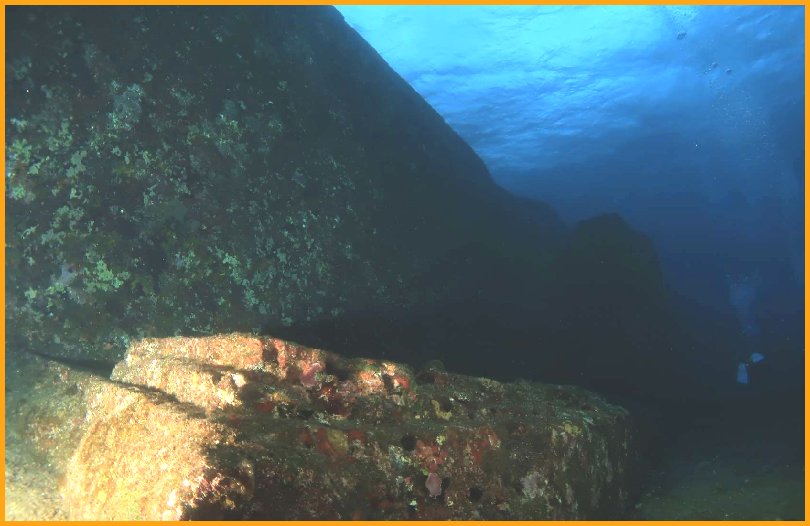 Yonaguni Monument, Japan’s underwater pyramid There is a magical sight less than 30 metres (98 feet) underwater near Japan’s Yonaguni Island. Since this pyramid-like rock structure was discovered in 1985, its origin has remained mysterious. Some describe it as “Japan’s Atlantis.” |
| Previous Page | Home |